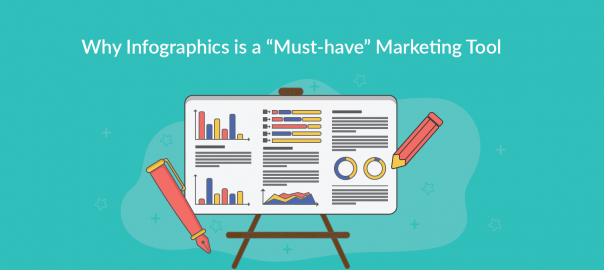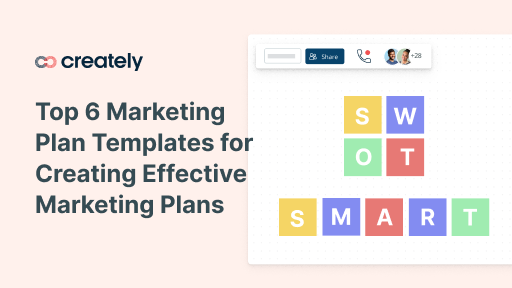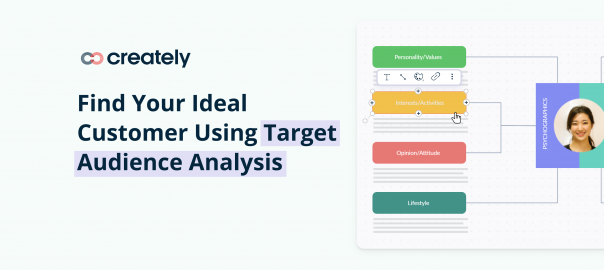We used to think a website is just a static page giving users quick information about a product or service. Times have changed haven’t they? Well did you know that there are studies done on the design of your everyday products? For example, the computer mouse has greatly improved to be ergonomic and comfortable in the last 10 years. This is called user centered design and it applies to everything from cars to office chairs. In the end, it’s all about the user and how they interact with a specific object or in our case, a website.
A UI specialist will constantly test their design and process as the project evolves into the final product. Of course, you have to be very familiar with the people you’re marketing too and run some tests on how the user interacts with what you’ve created. You can make use of user interface mock-up tools like Creately do come up with the user interfaces. With planning and constant testing, proper information architecture you can get the right product to the right user without hiccups in the marketing stage.
Fundamentals Of UCD (User Centered Design)
- Visibility
A clear, concise visible global navigation in a website is essential to grab the user’s attention quickly and effectively. When we apply information architecture you can clearly convey what the site is all about without the user even looking below the logo and navigation bar. In your minds without even thinking, what happens when you:- Click on the logo of a website
- Where would you local for the Contact Us section in a navigation bar (left or right?)
- Do you know what you’ll see in the footer? (Email, address etc…)
- Credibility
Creating a credible site/page is extremely important. Credibility must be incorporated into the design effectively and attractively. A user must know why the site they’re looking at is worth their time and money. Do you have?- BBB on your site
- Testimonials with contact info ( eg – Creately customer love page )
- A credible figure that endorses the site ( eg – Creately press page )
- Case studies
- A socially active site on Facebook, Twitter LinkedIn etc…
- Human factors
Have you ever been to a website where the pictures are all stock photos? What does that say about the administrator/business owner? Showing the human side of web page is also another important aspect that should be considered in the design. This way the user can relate to a human being instead of a website. - Accessibility
Make sure a page is accessible throughout the site. Include a deep hierarchal navigation for a large site with breadcrumbs. A user should find exactly what they want in less then three clicks no matter where they are on the site. Accessibility can also mean giving the user the ability to adjust the size, language of the site. - Legibility
Of course being able to read the page a user is on is important. Make sure all written content can be:- Scanned easily
- Read in an F pattern
- Use bulleted list (as you can see I use them a lot)
- Bold the primary keyword
- Language
Keeping it simple is the key. The Internet has a variety of users. Regardless of the industry, stay away from technical terms that only a few would understand (unless there are special circumstances).
User Centered Design Example (nest.com)
Nest is an amazing example, which applies all UCD fundamentals throughout the site. You can bet they did their homework.
Behavioral Marketing
Behavioral marketing is when you can create a sense of urgency to purchase a product or use a service by tapping into a person’s deepest inner emotions. In some cases the benefit of the product is not even mentioned and yet the viewer is enticed to buy it. This is very controversial and some even call it irrational advertising but if you pay attention large companies are doing it all around us.
I have two amazing examples from a very simple product that went viral by simply tapping into a mother’s subconscious and maternal instincts. The company is called Robin Hood and they sell flour. Here’s the video where Robin Hood doesn’t even talk about the product itself but the baking memories with extremely cute animated children. I bet you anything that you’ll remember this ad (even if you’re a guy) when you see it in the grocery store.
And as you can see from the image below Robin Hood has amazing user centered design in their website. They applied the same warm colors with the cute little cartoon characters everyone loves. Even on the Robin Hood site there isn’t a clear indication of how the product is superior to others.
Instead you’ll see images like:
Doesn’t it make you feel like baking with your kids? What better product to use other then Robin Hood?
What To Expect In The Future
Designers, information architects, psychologist and marketers are working together like never before. The best part is that you can find published data on the web. A simple search on Google or Bing will yield more then you can ever ask for.
Also, with better research and testing tools like Google Experiments / Analytics you can bet UCD and marketing experts are going to get better at converting browsers into potential leads. If we can apply some principle user centered design fundamentals into even the most basic design, we’re sure to get better results. And with all the free tools out there we can run tests for better conversion numbers.
Feel free to comment on what you think about this article below or contact me directly.
Puya Turkiyan is an online marketing and information architecture specialist helping various companies around the lower mainland in beautiful British Columbia.









Awesome breakdown of the fundamentals along with the examples and their explanations! Great job Puya!